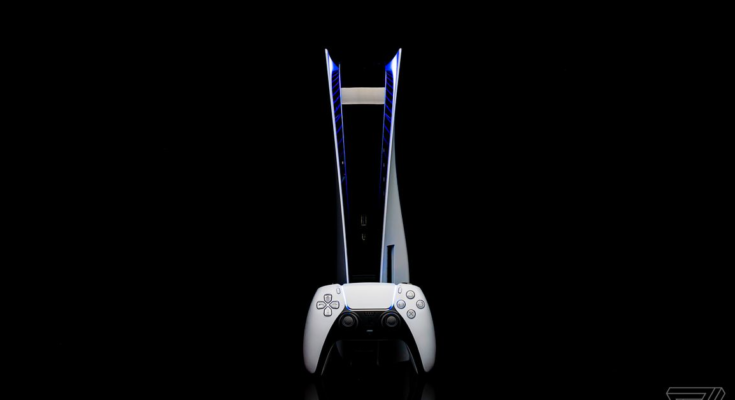Sony announced Monday that the PS5’s Variable Refresh Rate (VRR) feature would begin rolling out this week, and it’s already begun to show up for some people (via HDTVTest on YouTube). If your TV supports the feature, VRR can dynamically adjust the refresh rate of the screen, which can make games feel smoother to play with less tearing and hitching. While some games will be updated to support the feature, Sony also has a toggle that will apply VRR to unsupported games.
If the VRR feature is available for you, you’ll be able to see it in the PS5’s Settings menu. Go to Screen and Video, Video Output, and then scroll down to the VRR section. Despite Sony saying Monday the feature would arrive with an update, there’s no update to download. When I first turned on my PS5 this morning, the VRR section wasn’t there, but after rebooting my console and hopping into Astro’s Playroom, it showed up.
:no_upscale()/cdn.vox-cdn.com/uploads/chorus_asset/file/23420091/ea03b0209c8ac3bb267ebfde23108d74.jpeg)
Sony said Monday the following games will get patches enabling VRR support “in the coming weeks,” and all of Insomniac’s PS5 titles already support the feature, according to a support document.
- Astro’s Playroom
- Call of Duty: Vanguard
- Call of Duty: Black Ops Cold War
- Deathloop
- Destiny 2
- Devil May Cry 5 Special Edition
- Dirt 5
- Godfall
- Marvel’s Spider-Man Remastered
- Marvel’s Spider-Man: Miles Morales
- Ratchet & Clank: Rift Apart
- Resident Evil Village
- Tiny Tina’s Wonderlands
- Tom Clancy’s Rainbow Six Siege
- Tribes of Midgard
My TV, TCL’s 6-Series Google TV, should support VRR, as it has two HDMI 2.1 ports, so I’ve been messing around with the feature. The only game I have that officially supports VRR right now is Ratchet & Clank: Rift Apart, and it definitely seemed smoother in Fidelity mode.
I also flipped on the toggle to apply VRR in unsupported games and jumped into Elden Ring and Sifu. I didn’t notice any major differences, but I don’t have a great eye for frame rate variability. We might need to wait for Digital Foundry to put that feature through its paces to know just how effective it is.



